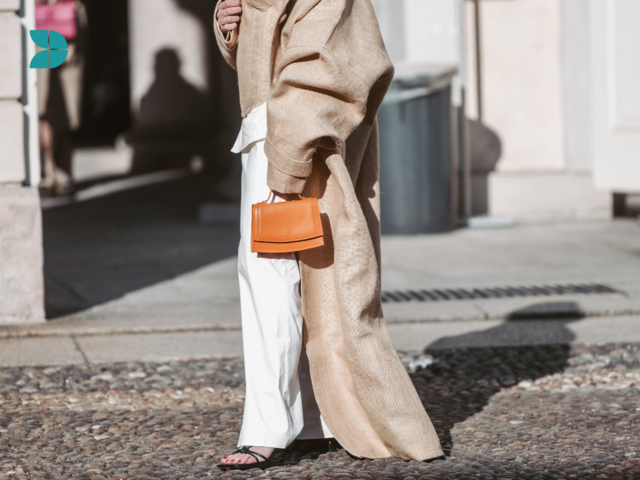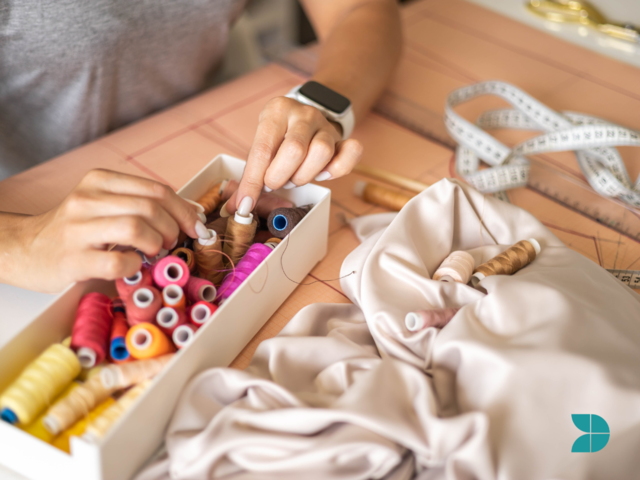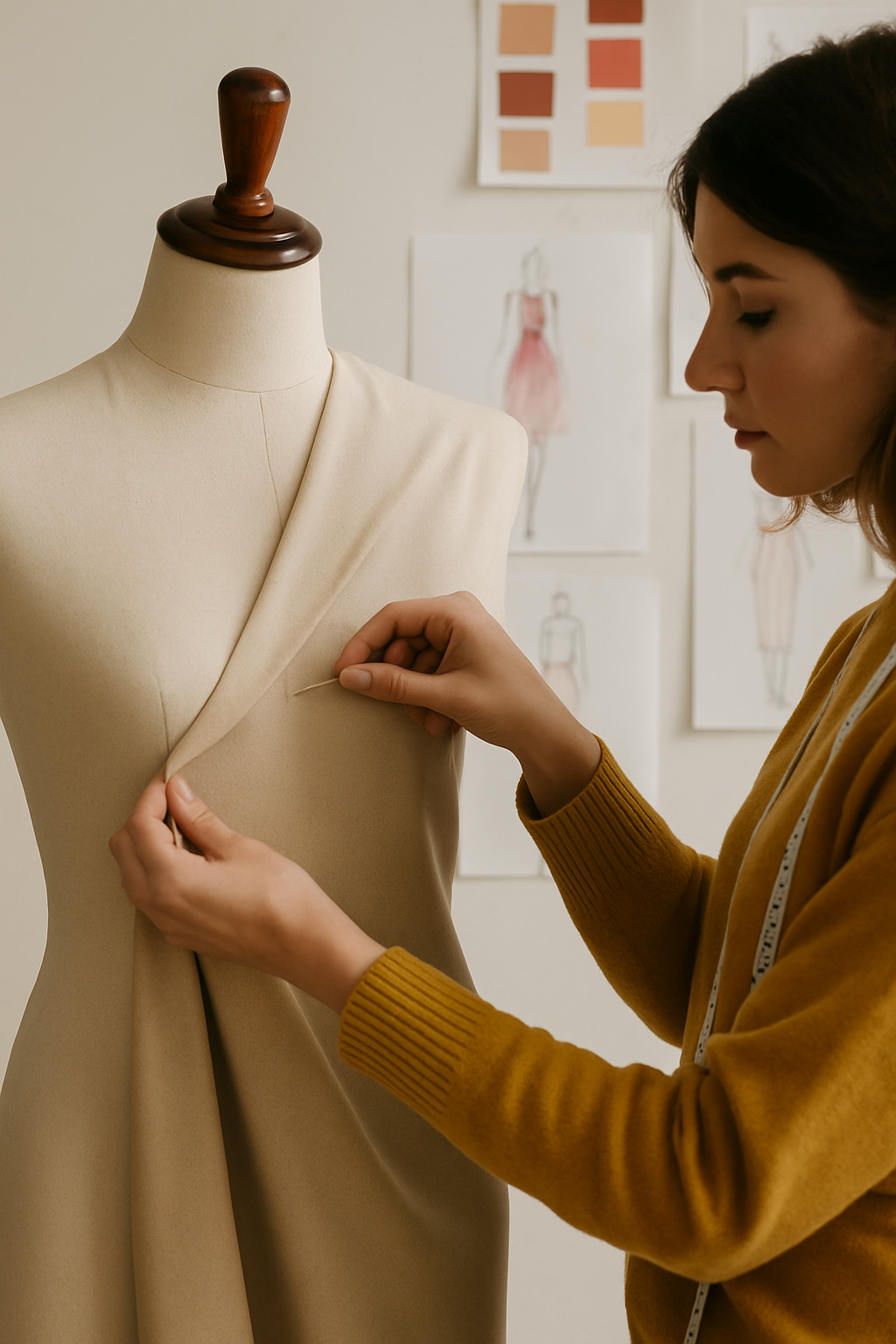With over 34,000 businesses in the UK fashion industry, you've got to figure out ways to make your new fashion brand stand out. All famous fashion designers had to start somewhere. Creating a fashion brand that rises above the competition requires a lot of branding skills and business savvy but none of that matters if you don't have the correct fashion design principles in place.
Today, we'll get you started with some basic fashion design principles and ideas. Keep reading, and you'll be able to lay the groundwork for fantastic fashion designs that will grab people's attention.

Balance
A fledgeling fashion designer would be forgiven for thinking that balance equates to symmetry, but that's not necessarily true. Deviations from symmetrical designs, whether it's a pocket on one side of a jacket or a one-shoulder dress, can really help a garment stand out.
That said, asymmetrical balance can be tricky to achieve. If you want to make life easier and achieve a classic look with your first garments, it's important to learn the basics of both symmetry and asymmetry in fashion design.
Proportion
Proportion is a vital element in the world of fashion design. It introduces a sense of unity between the various aspects of a garment. When learning about fashion design, proportion is introduced by sketching the human body. Each element of the garment needs to be proportionate to the rest, to each other and to the human body.

Emphasis
If you're trying to draw the eye to a particular aspect of a garment, it needs something to emphasise it in some way. On a hoodie, it may be a print or an oversized hood. On a dress it may be a bow or a belted waist. Whatever it is, there will be an element that attracts attention to a specific detail or area.
To achieve emphasis, you need to use size, colour, shape, or texture to make one part of the garment stand out from the rest.
Rhythm
We typically think of rhythm in a musical sense, but when we remove the auditory aspect, it can be applied to fashion design in a similar way. Rhythm is essentially a feeling of movement or flow in a design and is created by both repetition or variation.
It could occur in the way that you use colour by gradually changing it vertically or horizontally across a garment. The same could apply to lines or patterns that gradually increase or decrease in size. Rhythm plays a vital role in creating a visually interesting design.

Harmony
Harmony is achieved when all of the elements work well together. Garments that appear boring or indeed chaotic, are generally lacking in harmony.
The question is, when is a design complete? Ask yourself if all of the elements we've discussed here have come together in a pleasing way? If so, then you've achieved harmony in your garment.

Implementing Fashion Design Principles
The key to developing your fashion design talents is to learn these principles. Through practice and diligence, it will eventually come naturally to you and then your creativity can truly shine. It is only then, that your fashion brand will really stand out.
For the proper skills, training and guidance, enrol today at our academy and learn everything from design principles to the crucial business tactics that every successful fashion designer needs.

